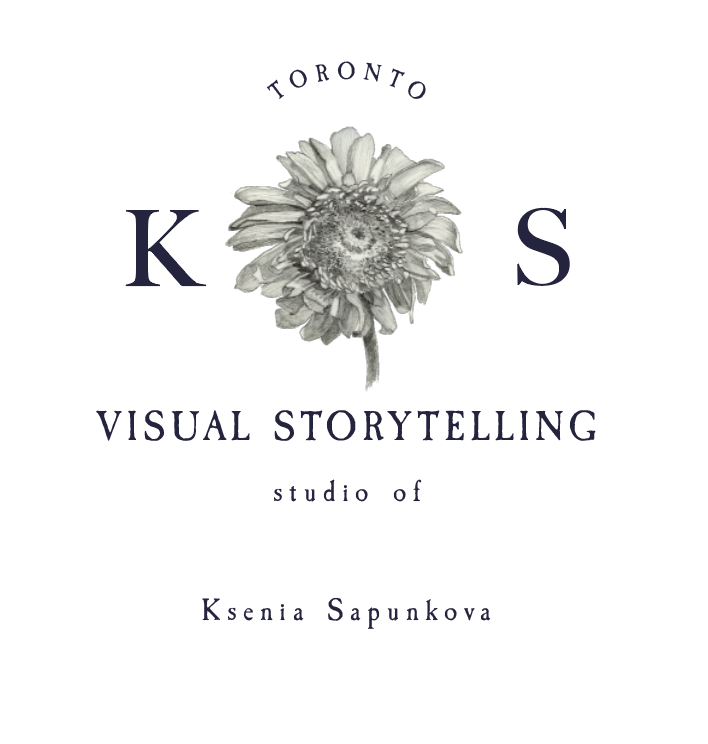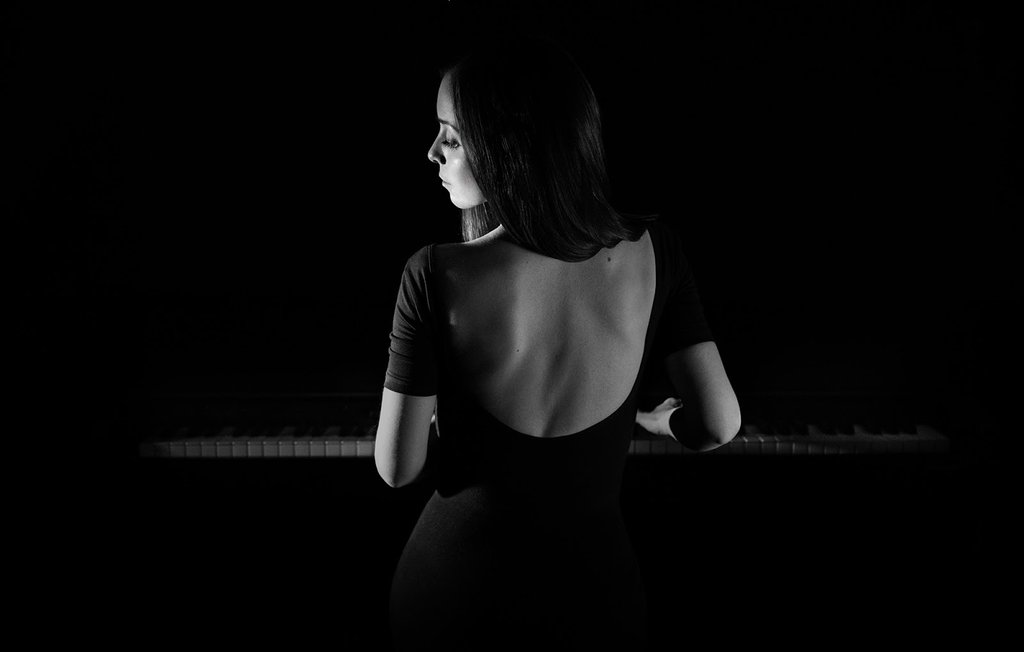ANASTASIA MINSTER & HER WORLD OF MUSIC
Her music intrigues and touches from the first notes. We interviewed a singer and composer Anastasia Minster, who recently released her debut album Hour of the Wolf about her early influences and inspiration.
How would you describe your subject matter of your work?
I define my music as dark jazz-inspired chamber pop. These are melancholy and introspective piano-driven songs with an emphasis on melody and intricate texture created by a variety of instruments: upright bass, cello, drums, saxophone, and others. However, the core of each song is the grand piano and vocals.
What got you to write songs?
It happened naturally. Music has always had a strong emotional impact on me. Even in early childhood. At some point I caught myself making up tunes and lyrics in my head and later on I started developing those ideas and drafts.
Can you remember the first time you wrote a song? Describe it to me.
Vaguely. That happened when I was around 10. I remember struggling with the old half-tuned piano in my parent's house in Moscow and suddenly there was that simple haunting melody. In the course of the evening, it developed into a sad little song about a ghost of a drowned girl. I was fascinated by ghosts when I was a child. And, perhaps, I still am.
How did your style change over the time?
My style has undergone plenty of transformations over the years. Both the form and the content of the songs have been changing together with my life and personality. However, the core of my music remained intact: piano and vocals.
What was the inspiration behind the track Hour of the Wolf (or you can pick any other song you would like to talk about)
I consider Hour of the Wolf to be the centerpiece of the album. Surprisingly, it is also the newest song on the record and I only finished it a few weeks before we went into the studio. Maybe this is why it turned out sounding so raw.
The song is inspired by Carl Jung’s concept of the “shadow self” which is the dark side of a personality and also the concepts of animus and anima. The whole song is built on contrast: shadow and light, male and female. It represents the conflict happening inside a person’s psyche and an attempt to resolve this conflict by embracing the “shadow” and merging the opposites.
The name of the song was inspired by Ingmar Bergman’s film Hour of the Wolf which I find both beautiful and deeply disturbing. It is a story of a man who encounters his inner monsters and eventually loses himself. “Hour of the wolf” is a time just before the dawn when most people die and most babies are born. This is also the time when the psyche is most vulnerable and when all the inner “monsters” come out of the shadow. I find this concept breathtaking. For me, “hour of the wolf” symbolizes the crucial moment of transformation in one’s life, a moment that can be either destructive or life-giving. Or both.
How did moving to Canada influence your work?
Moving to Canada was one of the most intense experiences in my life: it made me leave all I had behind and reevaluate everything. It gave me perspective and made me value Russian culture a lot more. In Canada, I started listening to Russian classical composers such as Rachmaninoff and soaking in all that intensity. I think that it was definitely reflected in my music.
When do your ideas come to you?
It can happen anytime. In most cases, the creative process is triggered by a strong emotion.
What are you presently inspired by— are there particular things you are reading, listening to or looking at to fuel your work?
My music is inspired by all meaningful events and encounters that happen in my life. In terms of reading, I am quite interested in psychology, my absolute favorite being Carl Jung. I believe this is reflected in my lyrics. Another strong influence is the work of my friend and an amazing artist Ksenia Sapunkova who created paintings in the style of magical realism. We are currently working together on a collaborative project where we merge live painting and music.



